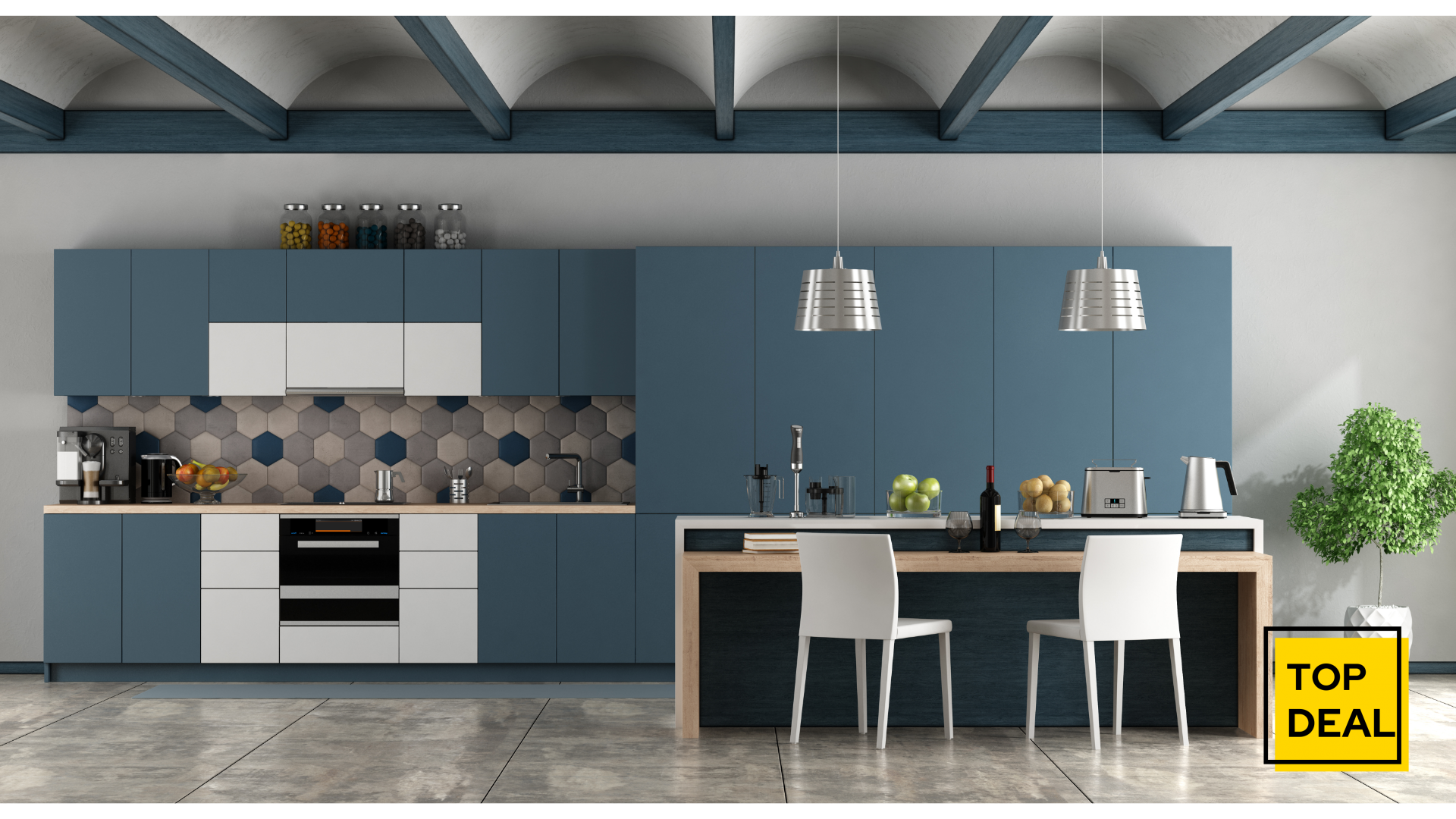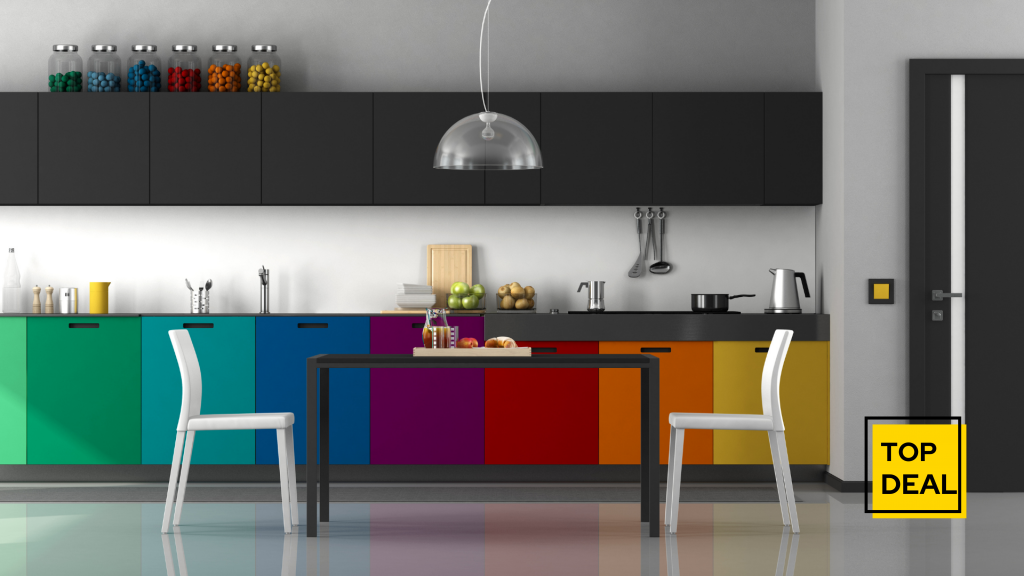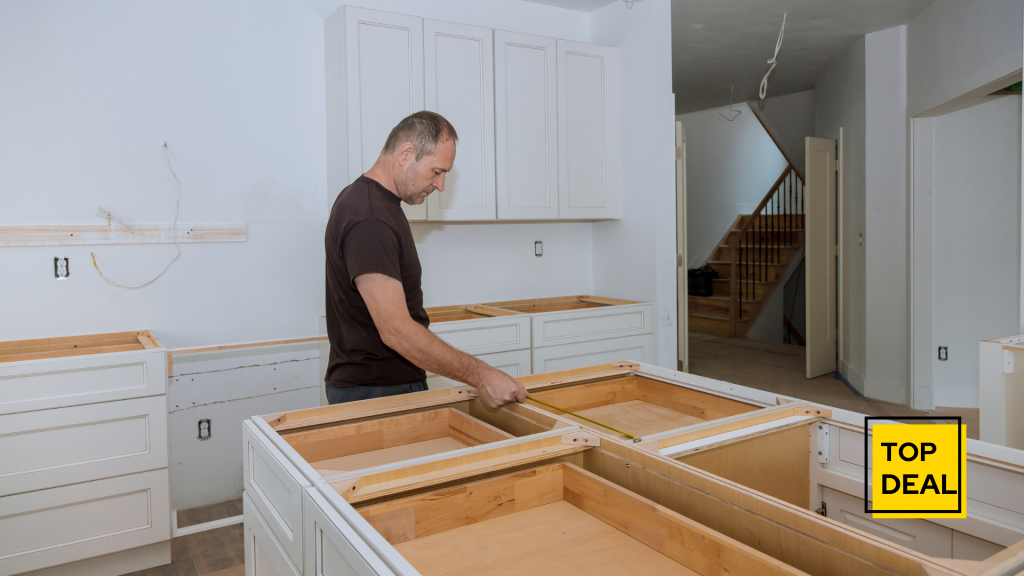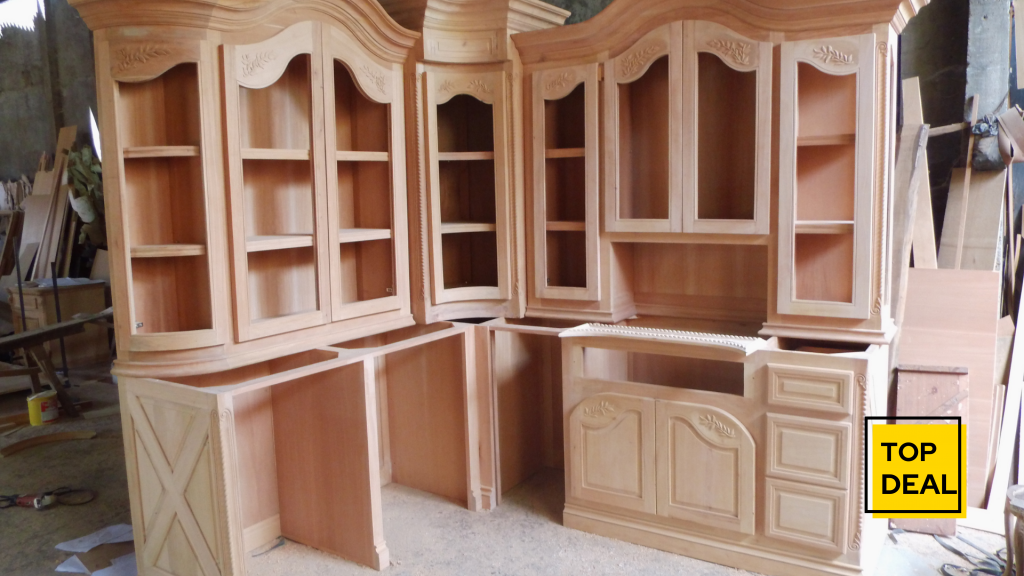
5 Important Factors for Kitchen Cabinet Renovations
The kitchen is one of the most utilized rooms in any home. It’s where we cook, eat, and sometimes even work. Because of its importance, it’s important that your kitchen cabinets are not only stylish but also functional. Here are five things you should know about kitchen cabinet design:
Table of Contents
1. Kitchen cabinet styles

Contemporary cabinets begin with a sleek, modern look and include materials such as laminates, thermofoil finishes, and plain or distressed wood veneers; Traditional kitchen cabinetry is typically made of solid wood such as maple, cherry, oak, or hickory with simple designs.
Unlike today’s contemporary kitchens, which may incorporate several different materials and shapes, traditional style is rather uniform with flat fronts and square details; Old World cabinets are those that stick closely to tradition by featuring embellishments such as carvings and moldings that would have been seen in period homes. Depending on the era you emulate there could be mahogany, pine, or oak;
Rustic cabinets are typically made of unfinished wood and can include stained or untouched surfaces while exhibiting other natural elements like knots, cracks, holes, and nail marks; Arts & Crafts styles mimic designs from the early 1900s. Solid woods such as oak, maple, or mahogany along with contrasting stains are typical components in this style; Modern kitchen cabinetry has exploded in popularity over the past decade.
With that said, modern cabinet design includes all kinds of materials including metals, man-made products (such as laminates), and glass for example.
2. Kitchen cabinet dimensions

It’s important to know how wide your cabinets are before moving forward with your design plan because you could end up with cabinets that are too wide or too short. Standard cabinet widths are 12, 15, 18, 21, and 24 inches;
Cabinets come in different depths as well, but the standard depth is 24 inches. The height of cabinets is typically 30 or 34 inches, but it’s important to measure your wall space to ensure that the cabinets you select won’t be too tall or too short; There are also a variety of specialty sizes and shapes for corner cabinets, oven cabinets, and other unique spaces.
3. Cabinet doors
There are several different types of cabinet doors available on the market today. Here are some of the most popular:
- Inset doors: These doors have a frame that is flush or recessed within the face of a cabinet. When an inset door is opened, it covers just a portion of the cabinet’s front surface, allowing those on the inside to remain visible. Inset doors are often used as display doors that showcase special pieces such as china or collectibles;
- Framed or flush doors: These do not have any protrusion beyond the cabinet’s frame, making them great for concealing items. Flush and framed cabinets can also be used together in multiples to create custom built-ins without the need for additional molding profiles;
- Display or raised panels: A raised panel has a three-dimensional appearance achieved by having at least one side thicker than the other two sides;
- Flat-panel: The flat panel door is much like it sounds and has beveled edges that give the door a contemporary look;
- Glass doors: This type of cabinet door can include inset or framed styles and may be designed with panes of glass, plastic, or other materials. It’s important to consider whether you would like your doors to open left, right, or both before purchasing.
4. Kitchen designs for different lifestyles

Just as there are several different kitchen cabinet styles available on the market today, so too are their different designs depending on each person’s lifestyle. For example, these design features might be incorporated into your cabinets’ layout: Open shelves – Often seen transitional style kitchens, open shelves allow you to display items such as cookbooks or votive candles;
- Cupboards – Perfect for those who do not require additional storage space, cupboard cabinets offer a minimal look and can be used with pull-out drawers for frequently needed items;
- Wet bar – This common feature includes a sink and leaves room for storage above and below the work surface. The sink is typically outfitted with hot and cold faucets and often comes equipped with a dishwasher hook-up. It’s also possible to add wine racks inside wet bars;
- Oven cabinet – With this element, your oven is stored beneath the countertop within reach of an exterior door. The design helps save on floor space while offering an additional storage spot for everyday items.
5. The difference between the North American and European styles

Traditionally, kitchen cabinets were manufactured in two different styles: standard (North American) or frameless (European). Today’s cabinet styles come in many different shapes and materials; however, it is common for frameless cabinets to still be used in European-style kitchens while North American-style cabinetry continues to dominate other regions of the world.
- Frameless Cabinets – Considered sleeker than their counterparts, frameless cabinets have no visible frame around their perimeter which makes them lighter in weight and more open feeling. They are often designed with soft lines that give them a contemporary appearance;
- Standard Cabinets – As the name suggests, these cabinets have a frame around their perimeter that is visible once installed. They are typically sturdier than frameless cabinets and come in a variety of styles to fit any kitchen décor;
Which cabinet style is right for you? That’s a question only you can answer. By considering your lifestyle, the design of your kitchen, and your budget, you can make an informed decision about the type of cabinets that will work best for you.

